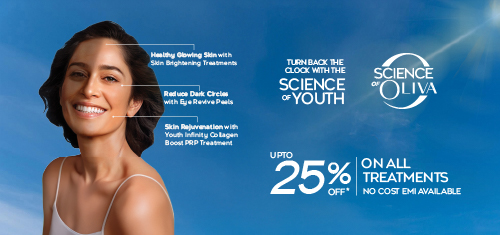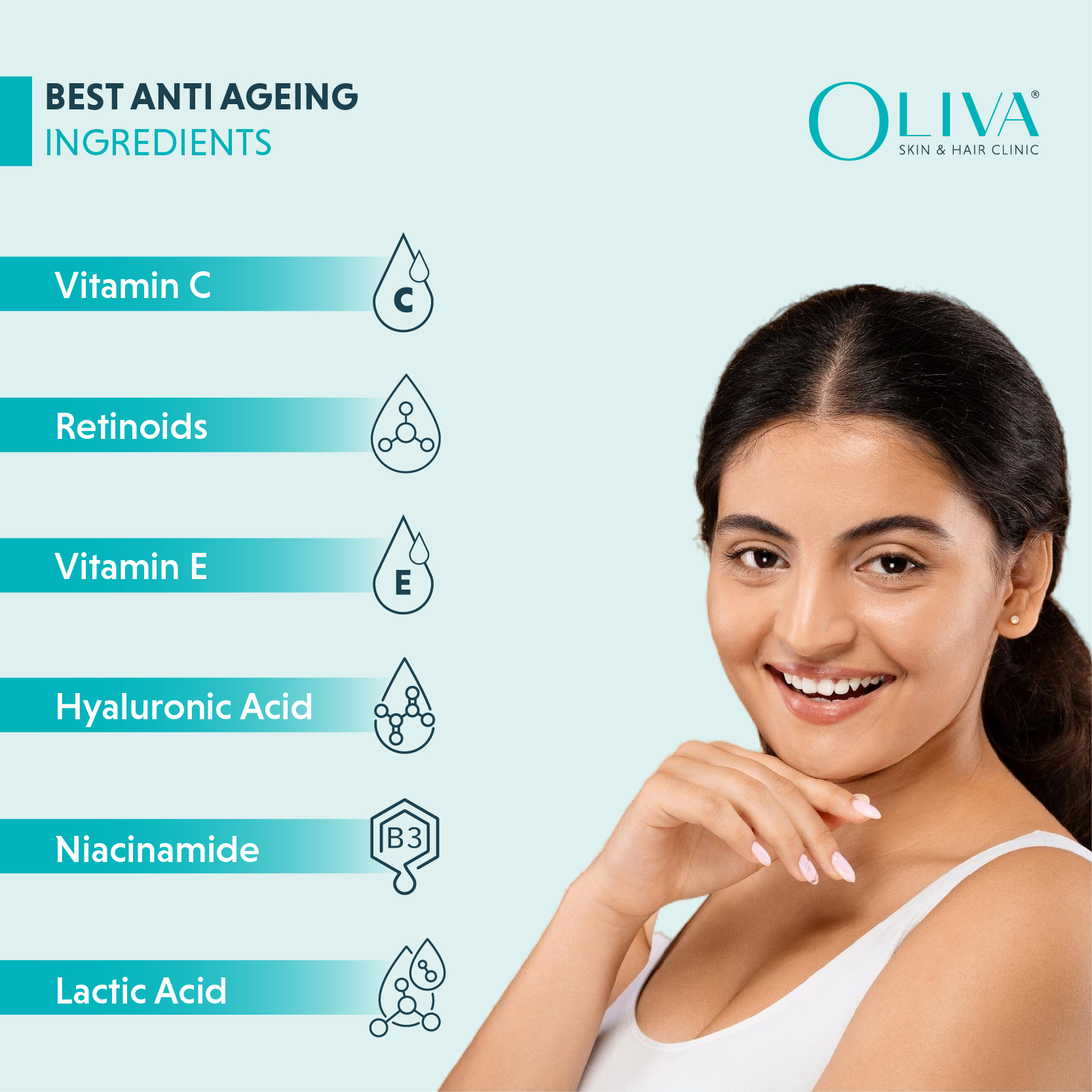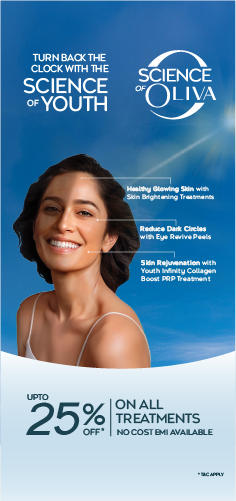Table Of Content
Know The Difference Between Melasma And Hyperpigmentation
Are you noticing dark patches and discolouration on your skin? Are you wondering what it is? Well, melasma and hyperpigmentation are common skin concerns that cause dark patches. While hyperpigmentation is a broader skin-darkening condition, melasma is more specific. Melasma is a patchy grey-brown discolouration that is often symmetrical. Hormonal changes and sun exposure are the common triggers of melasma. Understanding the differences between these conditions is essential to ensuring the right and most effective treatment and management of each condition.
Table Of Content
What is Hyperpigmentation?
Hyperpigmentation is the discolouration of the skin that appears darker than the surrounding areas. The darkening or dark patches occur due to excess production of the pigment melanin in some portions of the skin.
Various factors can trigger this overproduction of melanin. Some of the common causes of hyperpigmentation include:
- Sun exposure: UV rays stimulate melanin production, leading to sun spots or age spots.
- Inflammation: Skin conditions like acne may cause inflammation, leading to post-inflammatory hyperpigmentation.
- Skin injuries: Cuts, burns, or other injuries can leave behind darkened areas as they heal.
Different Types of Hyperpigmentation:
Here are some of the most common types of hyperpigmentation:
- Age Spots: These are also known as liver spots. They appear on the areas that usually remain exposed to the sun, including the face and hands. [1]
- Sun Spots: These are dark spots resulting from prolonged sun exposure.
- Post-inflammatory Hyperpigmentation: These dark patches develop after an injury or inflammation, such as acne scars. [2]
What is Melasma?
Melasma is a skin condition with grey-brown or blue-brown freckle-like spots or patches. It is prevalent in many pregnant women or post-pregnancy and is therefore known as the ‘mask of pregnancy. [3]
So, what causes Melasma? Usually, this skin condition starts reflecting due to overproduction of the pigment melanin by the melanocytes. People struggling with this condition experience worsening pigmentation with sun exposure during summer. However, melasma tends to fade away during winter. Genetics, makeup and fluctuating hormones could also be essential causes behind melasma. Besides these, melasma could also be a side effect of antiseizure medicines and contraceptive pills.
This skin condition is more common among women and people with darker skin tones [4]. It commonly appears on the forehead, cheeks, upper lip area, and chin.
Melasma vs Hyperpigmentation
Here are some of the critical differences between melasma and hyperpigmentation:
Feature |
Melasma |
Hyperpigmentation |
| Cause | Hormonal changes, sun exposure | Sun exposure, inflammation, skin injuries |
| Location | Face (cheeks, forehead, upper lip area), neck | Any part of the body |
| Appearance | Symmetrical, blotchy brown or grey-brown patches | Dark patches or spots, unsymmetrical |
| Who is most affected | Women, particularly during pregnancy or with oral contraceptive use | Anyone, but more common in darker skin tones |
| Risk Factors | Genetics, hormonal fluctuations, UV exposure | Sun exposure, skin trauma, certain medications |
| Treatment | Sunscreen, topical creams, chemical peels, laser therapy | Sunscreen, topical creams, chemical peels, laser therapy |
| Results take time | Yes | Yes |
Advanced Treatments for Skin Pigmentation
Are you tired of skin pigmentation and want to regain your flawless, radiant complexion? Below are some advanced treatments for skin pigmentation that you may try [5]. However, before you opt for any treatment, it is essential to consult a dermatologist for the correct diagnosis of your skin condition and reasons for pigmentation. This helps you adopt the most suitable treatment.
Professional Treatments:
Here are the most commonly used and highly effective advanced medical treatments for pigmentation:
- Laser Treatment: Laser Toning uses focused light to target and break down pigment cells. Often considered as the most effective treatment for more stubborn pigmentation, it may require multiple sessions.
- Chemical Peels: Chemical peel treatment involves applying a chemical solution to the skin to exfoliate the top layers. This promotes a new, even skin tone. It is a procedure most suitable for mild to moderate pigmentation issues.
- Microdermabrasion: This procedure exfoliates the skin to remove dead skin cells and promote new skin growth. It works well for mild pigmentation and helps improve your overall skin texture.
Sun Protection:
It is best to use a broad-spectrum sunscreen daily to prevent further pigmentation. Sunscreens help protect your skin from UV damage. Make sure to use one with at least SPF 30. Apply it generously and regularly whenever you are stepping out in the sun.
Topical Creams:
These are some of the most effective topical creams, and lotions suggested for pigmentation:
- Hydroquinone: It is the first-line topical agent for lightening dark spots. However, it is best to use it only under medical supervision due to its potential side effects. Hydroquinone is not advisable for pregnant or breastfeeding women.
- Retinoids (Tretinoin): They help increase cell turnover and eventually facilitate the fading away of dark spots. Retinoids are often a prescription medicine for those with acne-prone skin.
- Vitamin C: This vitamin helps brighten the skin and reduce pigmentation. It is suitable for sensitive skin types.
- Azelaic Acid: It reduces inflammation and pigmentation, making it a good choice for those with rosacea or acne. It is also the only topical treatment suggested for pregnant women.
- Other creams and applications: These include glutathione, soybean extract, tranexamic acid, ascorbic acid, cysteamine cream, and methimazole.
Takeaway
Both melasma and hyperpigmentation are skin conditions involving dark skin patches. However, they have different, although slightly overlapping, causes, appearance, and treatment approaches. Melasma shows itself as symmetrical patches often triggered by hormonal changes. Hyperpigmentation, on the other hand, can occur due to factors like sun exposure or skin injury. While dermatologists suggest prescription creams and laser therapy for melasma, hyperpigmentation may fade with topical treatments, skin peels, and sun protection. For accurate diagnosis and treatment options, you must always consult a dermatologist. Professional guidance ensures you get the best approach for managing these skin conditions and achieving great-looking, healthy skin.
Frequently Asked Questions
Melasma appears as symmetrical dark patches, often on the face. Hyperpigmentation varies in shape and size.
Sunscreen does not do anything to fade melasma. It, however, prevents it from worsening and aids the effectiveness of the treatment.
Yes, melasma can darken before it begins to fade, especially with sun exposure.
Laser treatments are the fastest way to treat melasma. Besides this, prescription creams with hydroquinone or tretinoin often provide quick results.
Combination therapies, including topical creams, chemical peels, and laser treatments, often prove to be the best treatment for melasma.
Melasma typically starts between the ages of 20 and 40.
Yes, melasma is treatable with topical treatments, sun protection, and sometimes laser therapy.
Hyperpigmentation can fade completely, but this varies based on the severity and the treatment type.








